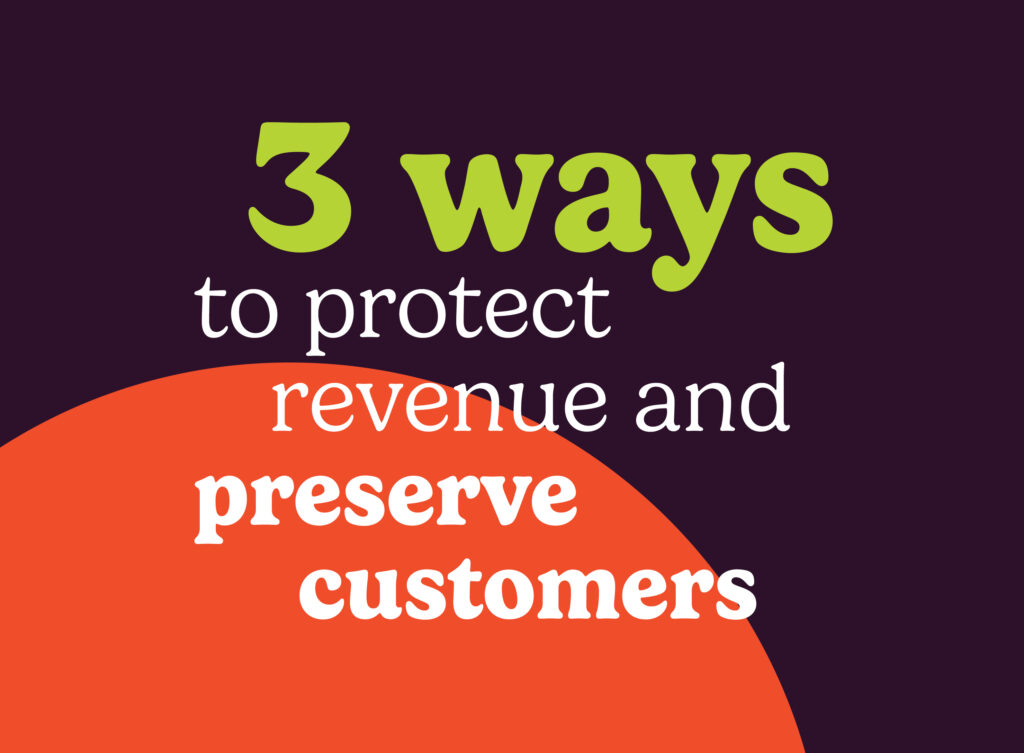Preventing churn is one of the hardest challenges for customer-facing roles. And with the backdrop of a capricious market — where more attention is paid to expanding deals and increasing customer satisfaction — it’s more important than ever to get it right.
But protecting revenue is more than just bringing a customer on board and then moving on to the next one. These days, it’s everyone’s job to preserve customer relationships.
Customers have the ultimate power in any business environment, but especially in a B2B SaaS model where recurring revenue is crucial.
So how can your team spot the red flags that lead to churn and the factors that chip away at loyalty?
At this year’s OpsStars event in San Francisco, we gathered four preeminent experts in the space to discuss this very topic: Amy Figliuolo (Salesloft), Mike Weir (G2), Sam Loveland (Salesloft), and Steve De Marco (LeanData).
In this article we’ll cover the highlights from that discussion. If you want to protect revenue and preserve customers, you have to do these three things:
- Provide continuous value
- Secure the right level of sponsorship
- Increase customer engagement and adoption
Rather watch the video? Check out the virtual rerun and other sessions from OpsStars 2023.
Method #1: Get to value – fast
It’s not just about getting ROI. It’s about how quickly you get ROI proof.
Today’s selling landscape is scrutinizing and competitive. If you’re not in a company’s top three investments, you’re out. Even if you are doing a decent ROI.
To compete, ROI has to happen quickly. Specifically, research urges meaningful ROI to happen within the first 6 months of implementation.
In mandated six month business reviews, your CSMs should be able to answer the question: “If renewal was tomorrow, would you renew with us?”
To get a “yes” answer from your customer, you have to be more deliberate than ever in your customer success and selling motions.
Log “big wins” across every single account possible. These wins could cover improvements in these categories:
- Campaign performance and Cost Per Lead
- Customer health score
- Quarterly business reviews
Getting proactive is the key here. You have to measure and share wins before renewal time. Showing value in early or recurring customer conversations, such as during planning and budgeting phases, helps you get ahead of churn risk while building customer satisfaction and loyalty.
Method #2: Align with the right stakeholders
It’s important to create deliberate moments where you get in front of your customers, show them value, and have the right conversations.
One way to do so is with executive sponsorships: where an executive from your company meets with an executive at your customer’s company.
Executive sponsor programs mitigate churn risk early and increase lifetime value of your customers. Here are some recommendations to get started:
- Establish yourself and an executive from your company as trusted advisors to the senior executives
- Ensure alignment on all business outcomes, and the path forward to achieve them
- Highlight broad application of your products and services to enable business growth
Expand your pool of stakeholders
It’s important to not just have one executive leader that you’re tied to, but be multi-threaded within the account.
Many sellers or buyers leave after 18 or 24 months, but your renewal might not be for another 36 months. Building relationships at the executive level can help you differentiate from your competitors — or at least have a seat at the table.
Align your executive leadership team and second-level leadership to your top accounts to get a breadth of coverage and build meaningful relationships.
Method #3: Hone in on customer engagement and adoption
It’s not good enough to only engage with the user or admin of your solution. You have to be engaged all the way up and down, because while your user could be happy with you, your economic and executive buyers might not recognize that same value.
Monitor engagement using the four P’s: people movement, people intent, partners, and product. Trigger team responses based on changes in these four principles. Here are some some potential scenarios:
- A key person or contact leaves (People movement)
- Sentiment or expectations are changing (People intent)
- They acquire another solution that you integrate with (Partners)
- They are showing some intent that might be a churn risk – like decreased usage or lower adoption (Product)
Quality of adoption is also important
It’s crucial to count the number of people using your product, but don’t stop there. Draw special attention to what they’re doing with it.
One way to do this to revamp your adoption score to a churn model. This entails moving away from questions like, “Are you generally adopting?” to more incisive questions:
- How are you utilizing the product?
- How frequently are you utilizing it?
- How deep into the product are you going?
Then use your responses to isolate and raise awareness on the things that are going right (and wrong) that you could directly address with the customer.
Looking forward: Building reliable growth
Protecting revenue and preserving customers is a shared responsibility for any business seeking sustained success.
Customer loyalty is hard-won and easily lost, especially in a competitive environment.
By focusing on provable, trackable value, establishing rapport with key stakeholders, and elevating engagement and adoption, you increase your chances of providing customers with the value they were promised and maintaining your relationship with them long-term.
Recommended for you:
- Mastering KPIs: A guide to fearless team productivity
- Salesloft Solutions: Building a predictable revenue organization


